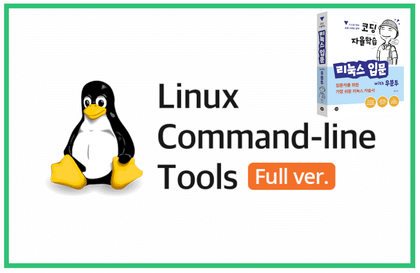
리눅스 커맨드라인 툴 (Full ver.)
런잇(ProgCoach4U)
리눅스 커맨드라인 툴에 대한 강좌 입니다. 자주 사용되는 툴을 엄선해 핵심 기능과 자주 사용되는 옵션에 대해 알려드립니다. 그리고 실습을 통해 실제로 어떻게 사용할 수 있는지 알려드립니다. 여러 가지 리눅스 툴을 잘 사용하게 된다면 리눅스가 편해집니다. 그리고 리눅스를 더 잘 이해하고 더 잘 다루게 됩니다 :)
초급
Linux
If you study the main concepts of Linux, you can handle Linux more easily and more powerfully. I hope you build a solid foundation from the beginning!! :D
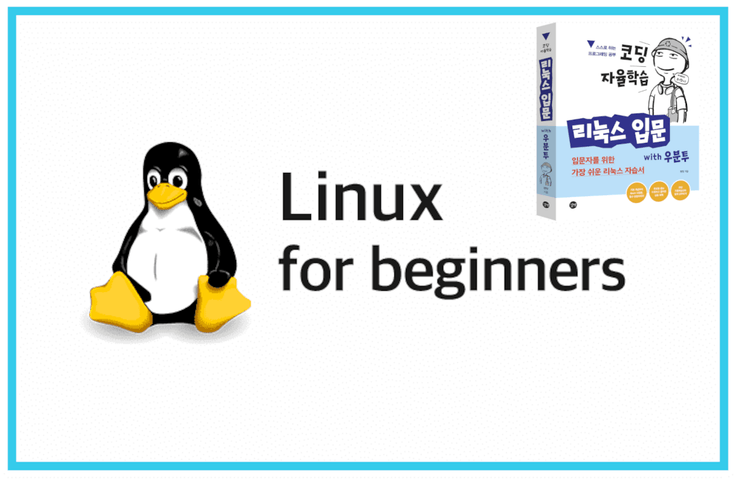
You can find out what the operating system called Linux is.
You can learn the minimum command line tools required to handle Linux.
You can learn the concept of files in Linux and how to handle them.
You can learn about users, groups, and file ownership and permissions.
You can learn about the concept of process
Understand and use how redirects and pipelines work.
This course is part of the " Linux Roadmap for Everyone " course.
When you visit the Roadmap page, you can download a 30% discount coupon for purchasing any of the three Roadmap courses .
Check out the Linux Roadmap for Everyone !
Linux for beginners, for the first time!!
Build a solid foundation from the basics.
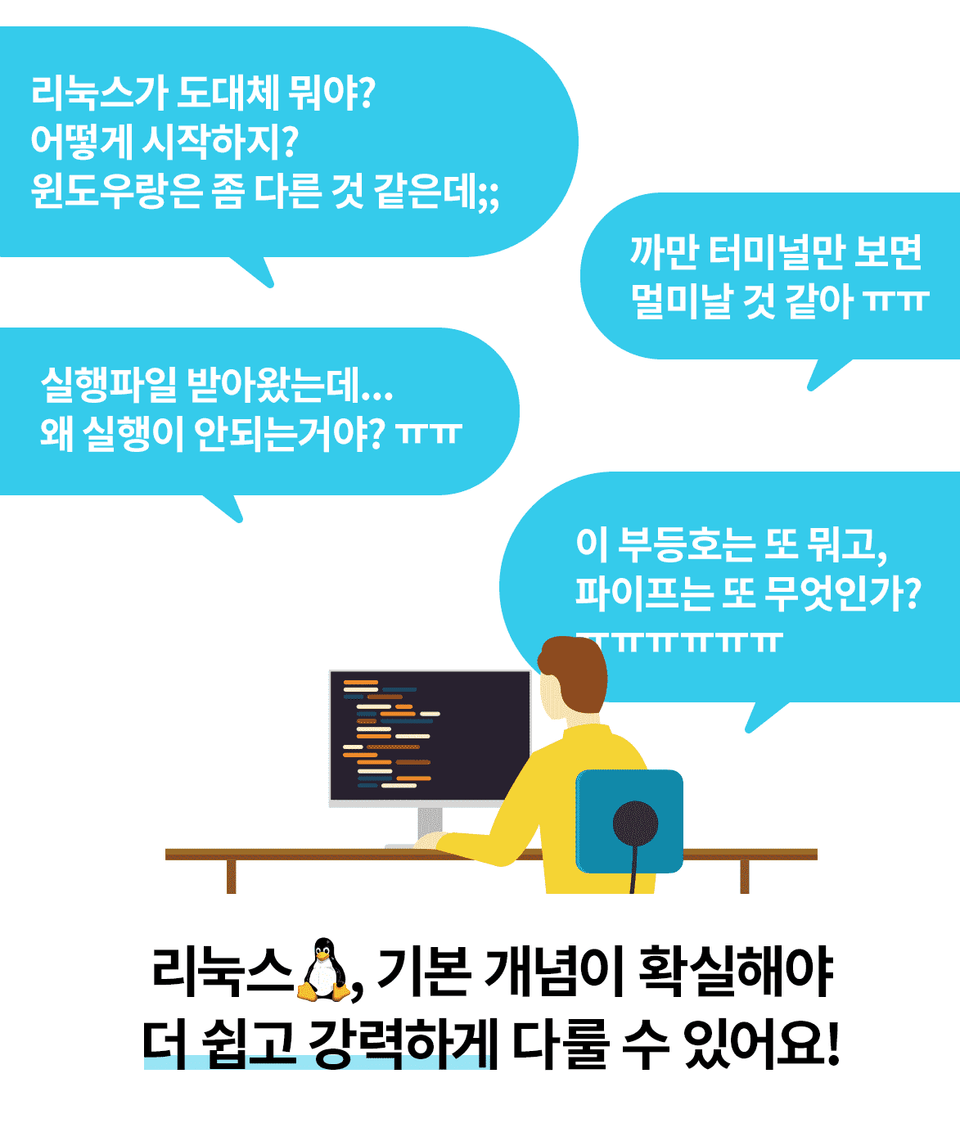
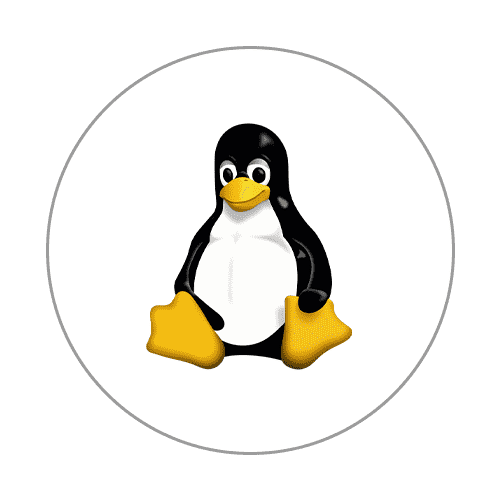
Files, Users and Groups,
Process, etc.
About the main concepts
Let me explain it in an easy-to-understand way.
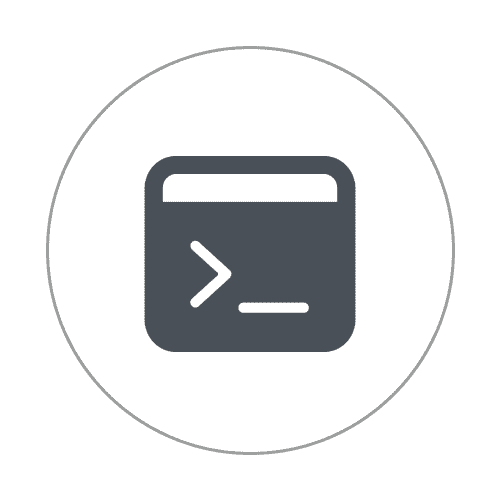
For using Linux
Absolutely necessary
Command line tool
Introducing.

Command line tools
For combination
Redirection and Pipeline
It also explains.

Through practical training for each topic
The concept of Linux
I can definitely understand
Let's make it happen.
I've been working as a Linux developer since 2004. Drawing on my experience, I opened a course for developers, and many responded positively. However, I also realized that many people, even non-developers, are interested in learning Linux. I began to think about ways to make Linux easier and more powerful for those new to the platform, and this led me to launch a course on Linux command-line tools.
Linux Command Line Tools (Full ver.)
Want to use Linux more easily and better?
While many people responded positively to this lecture, others didn't. I pondered again what I felt was lacking. This time, the answer I found was "the concept of Linux."
It's absurd to expect to use Linux effectively without understanding its core concepts. The correct approach is to first learn the concepts, and then learn various ways to apply them. If you think about it, isn't this obvious? All learning requires a solid grasp of the concepts to be truly effective.
So, I've prepared a course for Linux beginners . It's designed to be accessible to both software majors and non-majors. For those unfamiliar with computer concepts, I'll also cover broad concepts like operating systems and virtualization. I've also made it easier to understand Linux through comparisons with the Windows operating system.
Of course, there's plenty of material for experts to explore. We'll cover concepts like zombie processes, orphan processes, inodes, soft links, and hard links, all of which frequently appear in technical interviews. So, shall we step into the world of Linux together?
Learning how to use Linux without any concept of it is like building a house of cards.
If you have a solid grasp of the concept, you can easily understand and use various methods.

Easy even for beginners
For Linux beginners
We got down to eye level.
Key concepts of Linux
Easy to understand
Explains.

Player Knowledge No
Anyone OK!
For beginners
Since it is a lecture,
Special player knowledge
No need.

Theory + Practice Composition
The theory I learned
Through practice
More solid
So that you can understand
I have configured it.
Please check before taking the class!
This course consists of theoretical study and practical training.
The theory study is basically explained using a PPT presentation, as shown in the image below. The PPT file is available for download only to those attending the course. If necessary, a tablet pen is used to illustrate the concepts.
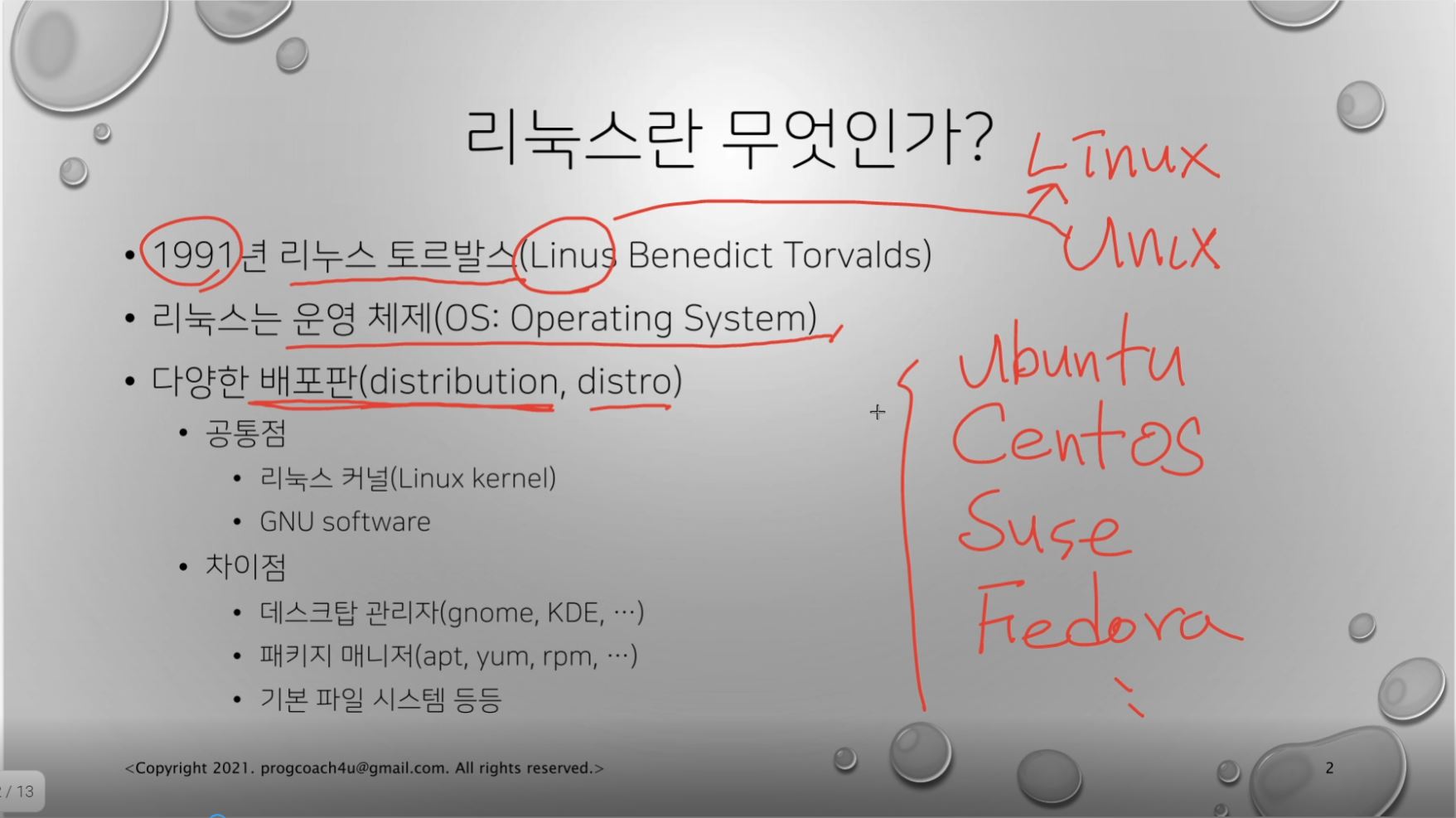
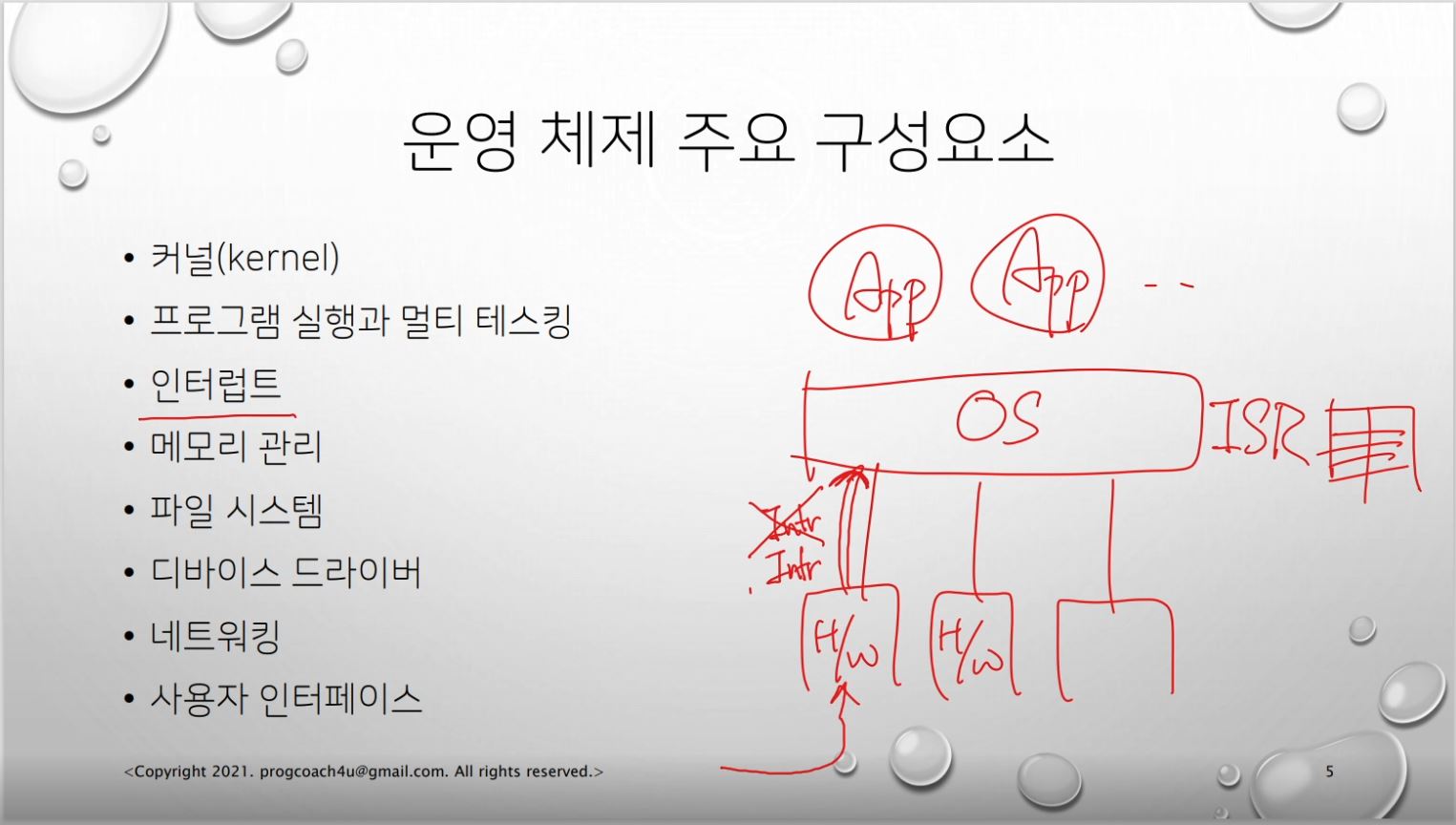
Hands-on learning begins with a terminal in a Linux virtual machine and involves executing various commands. When necessary, a tablet pen is used to illustrate the concepts.
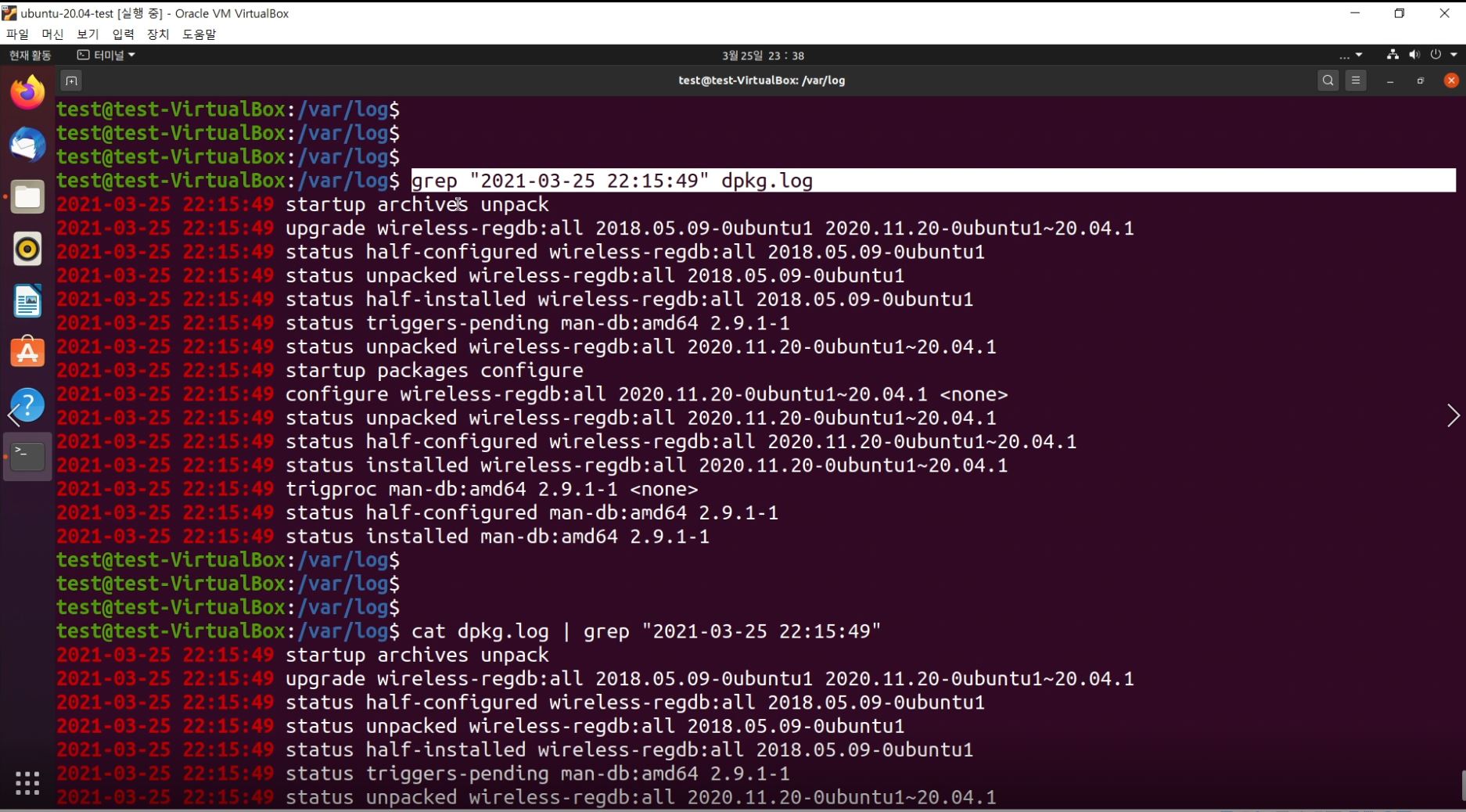
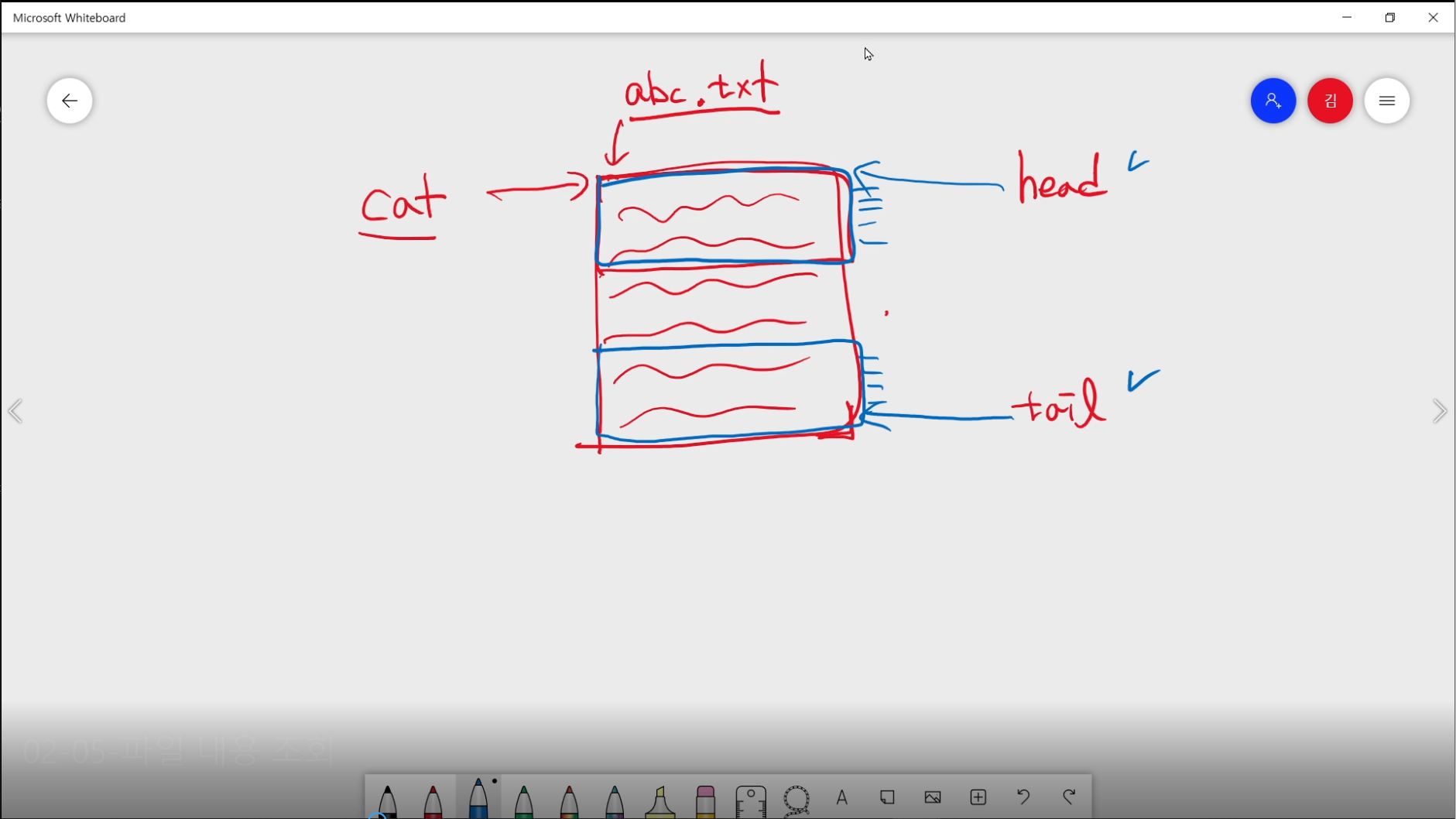
The composition of theory and practice is slightly different for each section.
Section 0. What is Linux?
Linux is an operating system. For non-specialists and Linux beginners, this course begins by explaining what an operating system is. It also covers the various Linux distributions that collectively call Linux. It also covers the package management system, which is essential for using Linux. Since many people are expected to install Linux as a virtual machine, we've prepared a course that first introduces the concept of virtualization and then covers installing Linux on a virtual machine.
Section 1. Minimal Command Line Usage
Before diving into the fundamental concepts, we'll cover the most basic command line usage. We'll begin with an introduction to the Linux terminal, then move on to an explanation of basic commands, and then dive into hands-on practice.
Section 2. Files
Linux processes many resources as files. Therefore, understanding Linux files is crucial. This course compares and analyzes the Linux directory structure with that of Windows, providing an easy-to-understand explanation. It also explains file types. Hard links and soft links, a common topic in various exams, are also covered in detail. Absolute and relative paths are also explained.
Section 3. Users and Groups
Linux is a multi-user system. Consequently, each file has its own ownership, and each file has its own permissions based on its ownership. To help you understand this, I'll begin by explaining the concepts of users and groups. I'll also explain file ownership and permissions, and provide practical exercises to help you understand them accurately.
Section 4. Processes and Signals
For a computer to function properly, programs must run properly. This course introduces the concept of processes, which are running programs. It also covers process scheduling and process states, making them accessible even to non-experts. It also covers the process hierarchy and termination status. It also explains standard streams to facilitate understanding of redirection and pipelines, which will follow. Furthermore, you'll learn about zombie processes, orphan processes, and daemon processes, which frequently appear on various exams. You'll also learn about signals and how to send them to processes from the shell.
Section 5. Redirection and Pipelines
Linux command-line tools are each highly functional. However, in most cases, we can't accomplish our desired task with just one tool. We can achieve our goal through a series of processing steps using multiple command-line tools. Redirection and pipelines are essential techniques for this. We'll explain and practice redirection methods in the Linux shell, one by one. We'll also explain and practice using pipelines.
Section 6. Lecture Materials
You can download the PPT lecture materials used in the theory lecture.
Q. I don't have a software-related major... Can I learn Linux?
Yes, of course. We've structured the lectures to be as accessible as possible for non-specialists. We've introduced the necessary background knowledge for using Linux, including the role of the operating system, Linux distributions, virtualization technology, and virtual machines. We've also tried to explain core Linux concepts like files, users and groups, processes, and signals in an accessible manner. Furthermore, we've included practical lectures so that students can put what they've learned theoretically to the test in a real-world Linux environment.
As you know, the most important thing in studying is understanding the concepts.
Q. I'm neither a developer nor an engineer. Should I learn Linux?
Just by reading this, you're probably already interested in learning Linux, right? 😊😊 Linux seems to be used quite widely these days. Gone are the days when only software majors used Linux. And it's not just developers or engineers who use Linux. Linux is increasingly being used as the foundation for new computing environments like cloud computing, Docker containers, and Kubernetes. Even if you're not a developer or engineer , "you who know Linux" will be an attractive person . Basic knowledge makes communication easier :D
Q. Will I be able to master Linux just by taking this course?
No, that's not true. This course is designed to help beginners understand the basics of Linux . Whatever you do with Linux, the concepts covered in this course will serve as a foundation. Build a solid foundation with this course and start building your dream project!
Q. Are there any essential items required to attend the lecture?
You'll need a Linux machine to practice on. You can use a Linux machine through a cloud service like AWS (Amazon Web Services) or Azure, or you can install Linux as a virtual machine on your PC.
If you're looking to prepare for Linux on a virtual machine, I've included a virtual machine installation lesson in the first section of this course. I've set it as a preview, so please take a look and try installing Linux on a virtual machine before registering for the course. I recommend taking the course after successfully installing Linux. :)
Linux System Programming - Theory and Practice
Become a Linux-friendly developer.
Linux IPC Programming - Theory and Practice
Linux programming tailored to your SW needs.
Linux Command Line Tools (Full ver.)
Want to use Linux more easily and better?
Who is this course right for?
For those who need to use Linux but are not sure about it
For those who want to study Linux from the basics
For those aspiring to become software developers
For those aspiring to become systems engineers
For those who need to work in a cloud environment
Need to know before starting?
No special player knowledge is required.
7,952
Learners
538
Reviews
347
Answers
4.9
Rating
6
Courses
<코딩 자율학습> 리눅스 입문 with 우분투의 저자 런잇입니다. 😎
리눅스 환경에서 20여년간 개발자로 일하고 있습니다.
리눅스 커널 네트워크 스택, 디바이스 드라이버, 시스템 소프트웨어를 개발하는 일을 했고,
지금은 클라우드 서비스 제공 업체에서 관리형 Kubernetes 서비스를 개발하고 있습니다.
강좌 외 문의사항은 progcoach4u@gmail.com으로 보내주세요 ;)
<코딩 자율학습> 리눅스 입문 with 우분투를 소개합니다.
 🔍 교보문고: http://gilbut.co/c/24086125JZ
🔍 교보문고: http://gilbut.co/c/24086125JZ
🔍 YES24: http://gilbut.co/c/24082652Jr
🔍 알라딘: http://gilbut.co/c/24084469DI
All
61 lectures ∙ (12hr 37min)
Course Materials:
All
247 reviews
4.9
247 reviews
Reviews 3
∙
Average Rating 5.0
5
리눅스 하나도 모르는 상태였는데 지금은 조금씩 이해가 갑니다! 입문자가 보기 좋은 강의에요! 감사합니다!
안녕하세요 연로제님. 제 강좌가 연로제님께 도움이된 것 같아 기쁩니다! 더 많이 익혀나가시길 바라겠습니다. 완강 축하드리고, 수강평 남겨주셔서 감사합니다!
Reviews 11
∙
Average Rating 5.0
5
깔끔한 설명! 감사합니다
안녕하세요 최준영님. 제 깔끔해서 듣기 좋으셨나봐요.ㅎㅎ 수강평 남겨주셔서 감사합니다. 많은 도움이 되셨길 바라겠습니다. 감사합니다~!! :D
Reviews 36
∙
Average Rating 5.0
5
추천합니다. 리눅스 입문 강의로 최고입니다. 리눅스를 아직 자세히 모르는 분부터 개념을 복습을 위한 분까지 추천하는 강의입니다.
안녕하세요. 이도운님. 많은 도움이 되셨다니 저도 너무 기쁘네요 :) 수강평 남겨주셔서 감사합니다!! :D
Reviews 6
∙
Average Rating 5.0
Edited
5
컴퓨터공학을 전공하고 있는 학생입니다! 전공과목인 운영체제 학습 전에 대략적으로 운영체제에 대한 큰그림을 그리기 위해 수강했습니다. 리눅스를 처음 접하는 학생이지만, 어렵지 않게 수강할 수 있었습니다. 이후에, 운영체제를 공부할 때, 크게 도움이 되더라구요! 덕분에 원하는 성적받을 수 있었습니다. 감사합니다!
안녕하세요 헬로키티님 리눅스가 결국 운영체제이기에 리눅스를 공부하면 운영체제 공부에 큰 도움이 됩니다. 전략적으로 잘 선택하셨네요! 제 강좌가 크게 도움됐다니 저도 기쁘네요. 상세한 수강평 남겨주셔서 정말 감사합니다! 좋은 성적 받으신 것 축하드려요!! 🎉👏👏
Reviews 1
∙
Average Rating 5.0
$59.40
Check out other courses by the instructor!
Explore other courses in the same field!